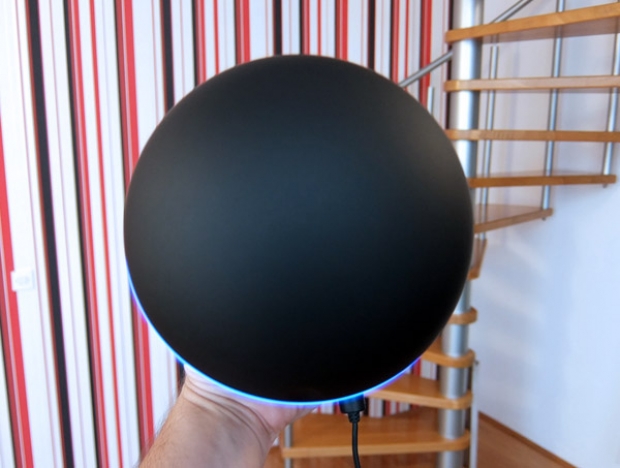Index
A peek under the bonnet
Although some reviewers complained that the hemispheric bonnet is flimsy and easy to break, this is a desktop and it’s not like someone will play ball with it around the office, or hit it with a brick. Then again, some reviewers whined about the lack of expansion options, but anyone who complains about a ‘lack of expansion options’ on a tiny mini-PC really has no place reviewing hardware to begin with.
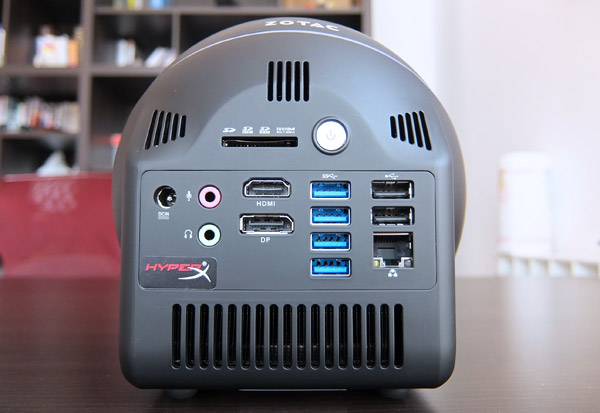
Aside from legacy DVI and VGA connectors, everyt standard is accounted for
Actually, as far as sane people go, the ZBOX Sphere features plenty of expansion options for its form factor – an abundance of USB 3.0 ports, two SO-DIMM slots, and an mSATA slot along with a standard 2.5-inch bay.
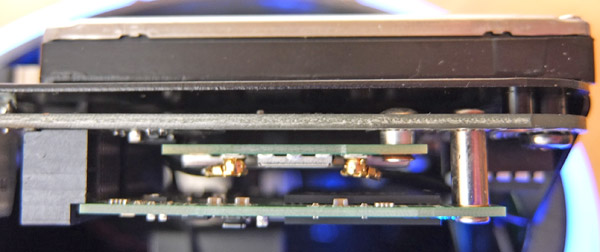
Top to bottom: 2.5-inch drive mount, motherboard, Intel wireless, mSATA drive
At first glance it looks like the bay could accommodate any drive regardless of height, but looks are deceiving – it’s a tight for the preinstalled 9.5mm drive. While it’s a minor issue, it prevents the use of many old hard drives (e.g. obsolete USB 2.0 external drives), or even some current models, such as high-capacity 2TB drives (yes, Toshiba still does 15mm drives).
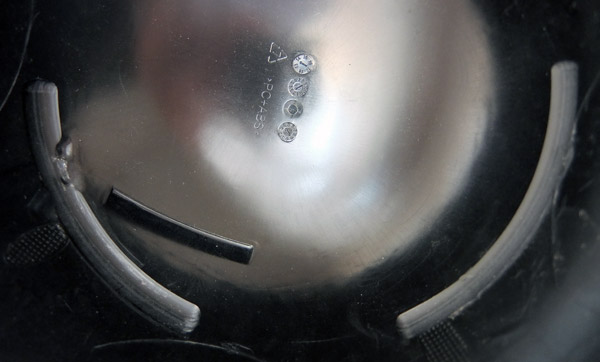
Note the machined grooves on either side of the shroud - they barely miss the 2.5-in 9.5mm drive and motherboard, there is no room for bigger drives
The wireless card can be swapped out, although we don't see why anyone would need to upgrade it, and there's an SDXC card reader at the back. So, in terms of upgradeability, the Sphere actually scores a bit better than the average mini-PC.
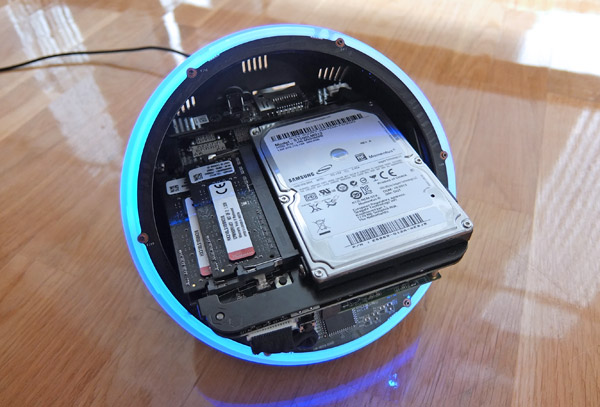
HDD screw in lower left corner, next to the SO-DIMM slots
The tiny PCB is slightly angled down toward the front, but all replaceable components are easily accessible. You just need a screwdriver to release the 2.5-inch drive, but everything else is tool-free. Due to the specific layout, the wiring (flat cable and wifi) doesn’t leave a very good impression, so it is necessary to exercise caution while tinkering with the insides, otherwise you could damage one of the cables.
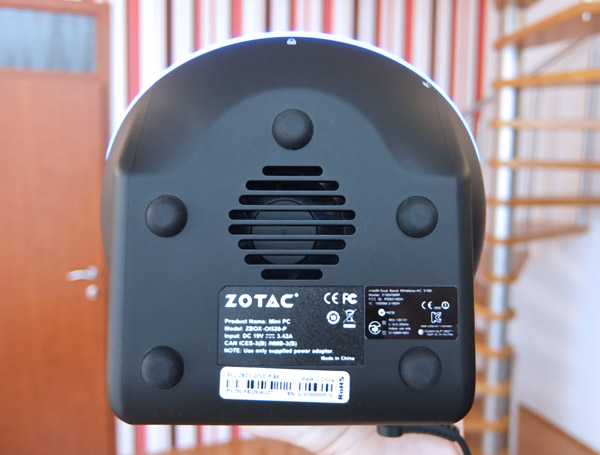
The fan is practically inaudible in most situations
As far as cooling and noise are concerned, we are pleased to report that Zotac did an exceptional job. Previous ZBOX models were relatively quiet, too, which wasn’t the case with many nettops, including some from much bigger brands.
The 15W CPU is covered by a slim heatsink and heat is transferred through a single heatpipe, which curves down to the bottom, where heat is quietly dissipated. The fan is located at the bottom of the chassis and the main exhaust is at the back, underneath the IO panel.
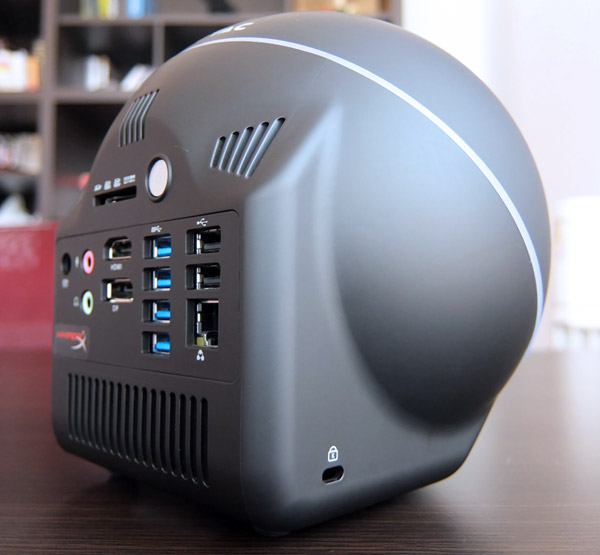
Most of the heat is transferred to the bottom via the heatpipe, which is where the main exhaust is located
However, the voluminous design also allows airflow around the PCB, which cools components at the top of the board – the memory modules, 2.5-inch drive and mSATA drive. Air is then removed via three small vents above the PCB and IO panel.
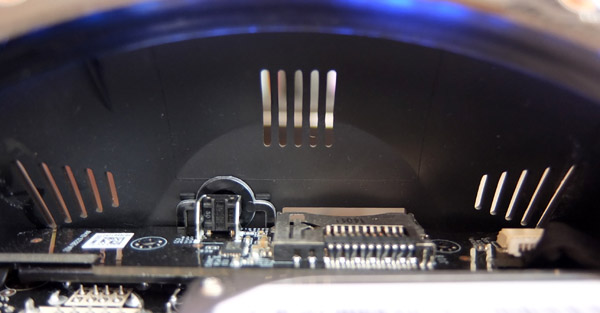
Three small vents at the top
The end result is impressive. This is the quietest ZBOX we had a chance to test, although we did not get a chance to test one of Zotac’s passive models yet.

